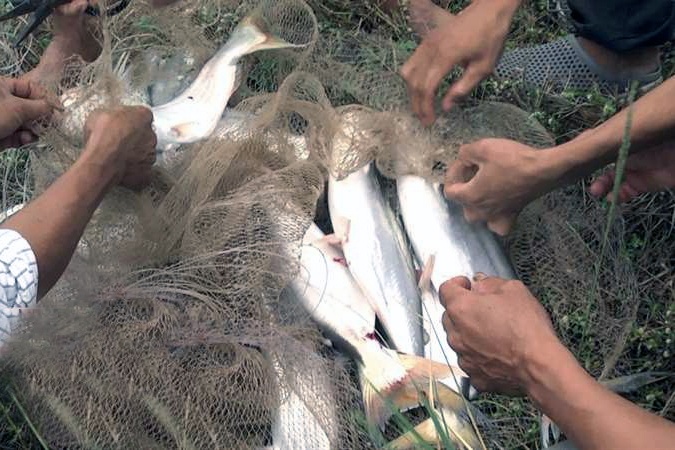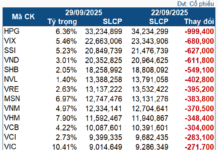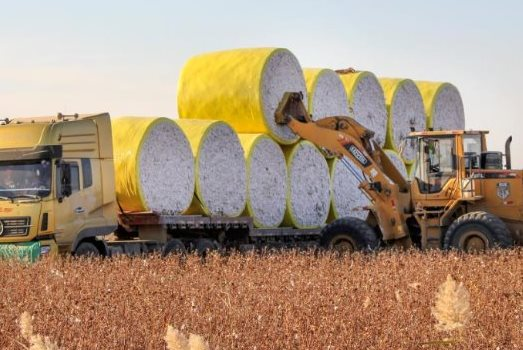According to Ho Chi Minh City University of Agriculture and Forestry, the iridescent shark (Pangasius krempfi) belongs to the Pangasiidae family. This species is primarily found in Laos, Cambodia, and Vietnam, inhabiting major river systems such as the Tien River, Hau River, and Vam Nao River. Known for its large size, delicious flesh, and minimal pin bones, it is highly valued for its commercial and economic significance.
Biological Characteristics and Culinary Value
In their juvenile stage, iridescent sharks primarily feed on plankton. As adults, their diet diversifies to include small fish and fallen fruits. While resembling catfish in appearance, they have a more elongated body, smooth skin, and sweet, white meat.
The firm yet tender flesh, with just the right amount of fat and minimal bones, makes it ideal for traditional Southern Vietnamese dishes like sour mẻ rice soup, claypot fish, charcoal-grilled fish, or sautéed with lemongrass and chili. The economic value of wild-caught iridescent sharks is exceptionally high, ranging from 250,000 to 350,000 VND/kg, significantly surpassing that of catfish or basa.

Iridescent shark (illustrative image).
Despite its high value, the natural supply of iridescent sharks is increasingly scarce due to overfishing and habitat changes. This scarcity has made it a rare delicacy, less accessible to many households, and poses a threat to its genetic diversity.
Initial Success in Artificial Breeding
Researchers at the Southern National Center for Freshwater Aquaculture (Aquaculture Research Institute II) have achieved initial success in artificial breeding of iridescent sharks. This breakthrough offers significant potential, as the aquaculture industry can now reduce its reliance on wild-caught stocks.
Results indicate that iridescent sharks can be farmed in various environments, such as floating cages or earthen ponds, provided proper care techniques are followed. They grow rapidly, reaching 1–1.5 kg in just 10–12 months after stocking.
In Binh Dai commune (former Ben Tre province), since 2014, some farmers have pioneered raising wild-caught iridescent sharks in experimental ponds. Following successful larval rearing and breeding, commercial farming models have begun to expand. Currently, both meat and fingerling markets are stable.
Fingerlings measuring 3–4 cm fetch around 8,000 VND/piece, while 3–4-month-old juveniles range from 17,000 to 30,000 VND/piece. Farmers typically harvest after 12–16 months, when fish reach 1.5–2.5 kg/piece. Longer farming periods yield larger fish (3–4 kg/piece), commanding higher prices.
In an interview with VOV, Mr. Le Huu Duc, a long-time farmer in Binh Dai, shared: “A pond stocked with 10,000 fingerlings, requiring an investment of approximately 1 billion VND, can yield equivalent profits upon harvest, with minimal risk. In peak years, prices reached 170,000 VND/kg, allowing farmers to double their initial investment.”
Promising Direction
The iridescent shark thrives in the soil and water conditions of the Mekong Delta. Semi-natural farming models promote healthy growth, high-quality products, and strong market demand. This approach not only conserves a valuable aquatic species but also provides sustainable livelihoods for farmers.
As wild iridescent shark populations decline, proactive breeding and commercial farming efforts are essential. These measures reduce harvesting pressure while positioning this riverine delicacy as a high-value product in domestic and international markets.





































